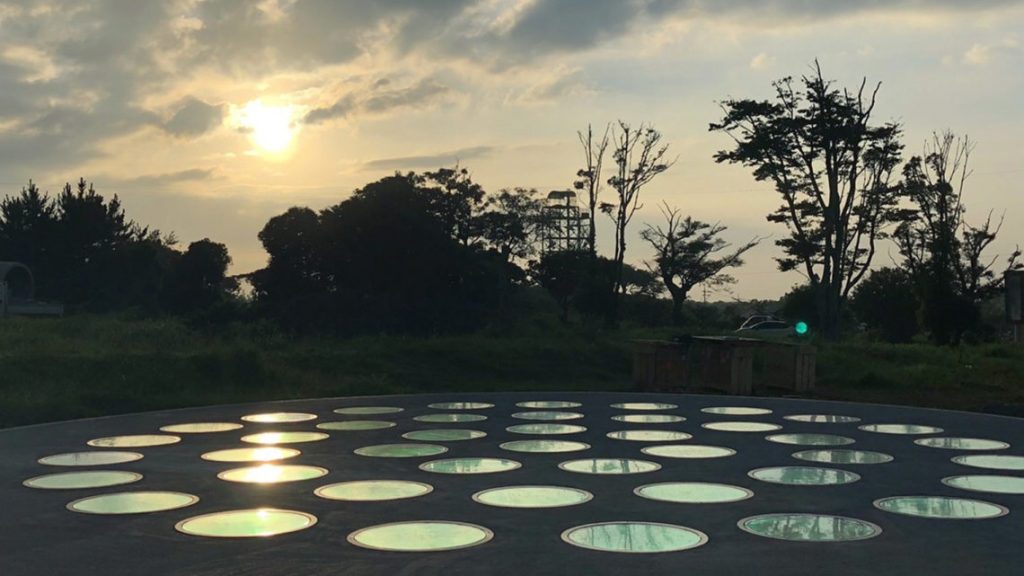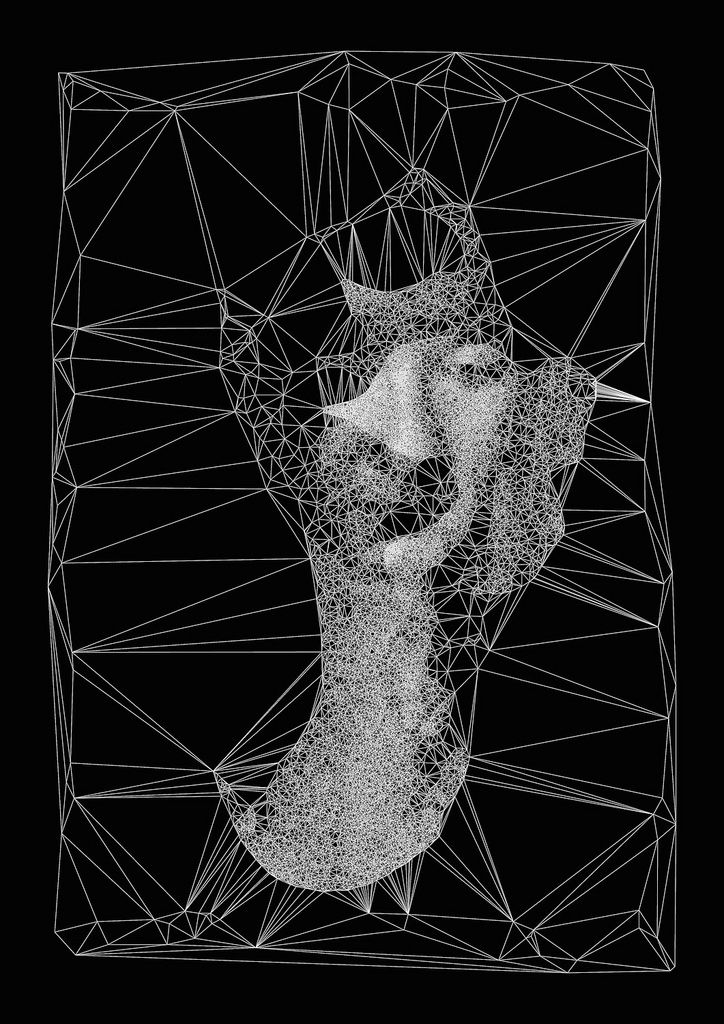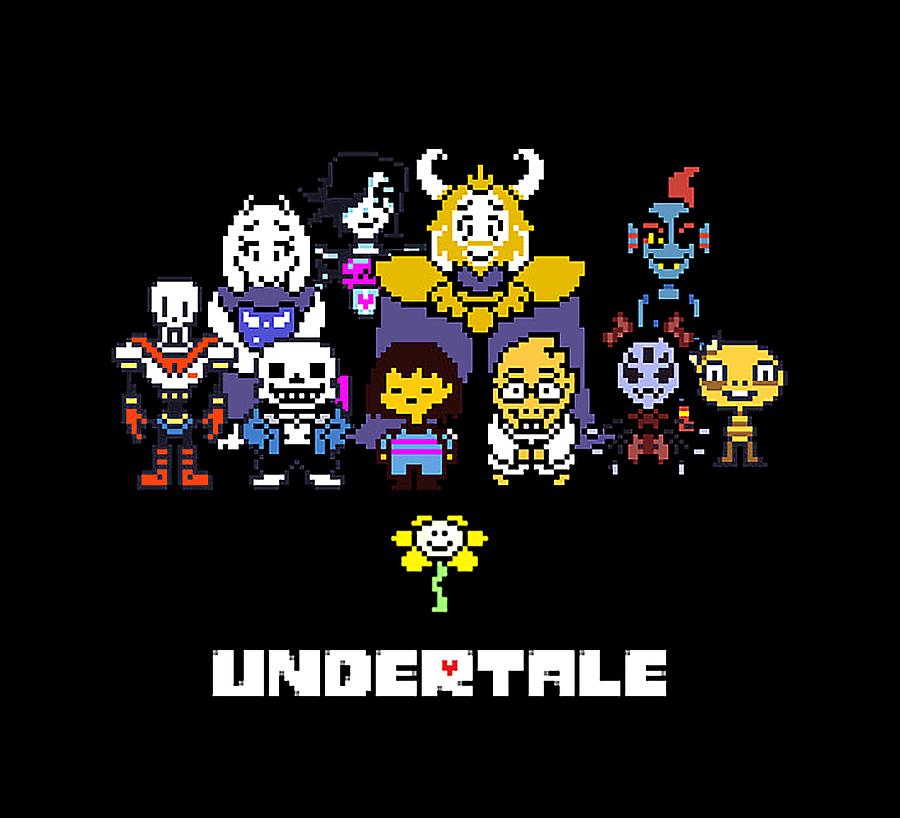The piece of art I’m writing about is the work of Giada Sun (media designer), Sean B. Leo (assistant media designer), and SooA Kim (media engineer) on A/B Machines (a School of Drama production in 2018).
I did assist the dramaturg on this show, but I wasn’t involved in the media design or engineering at all so I experienced it as an audience member. It’s also just the first thing that comes to mind when I think of technology and art, even though I’m sure I’ve seen other examples of it.
It was about a 7 month process. Essentially, there were selfie camera stations set up for audience/actor use prior to the start of the show, live cameras capturing footage onstage, and projection screens and television screens streaming all of this footage throughout the show. It was insane. Every performance, the media team had to use their technological magic (not sure if they developed software for this) to compile the audience selfies taken at the beginning of the show for the big reveal at the end of the show.
The characters were also continually operating handheld cameras that were wired to TV screens throughout the set. The work itself was largely inspired by Andy Warhol. But the media design shared a lot of attributes with the show Network. I think it’s brilliant to be able to see so many different views of this world at the same time, especially in an art piece all about overexposure and the digitization of personality. In another world and another venue, the entire production would’ve been immersive.
This is Giada’s website on the production: https://giada1198.github.io/Giada-Portfolio/works/ABMachines/
A/B Machines. By Phillip Gates, Dir. Phillip Gates. November 2018. The Helen Wayne Rauh Studio Theater, Pittsburgh, PA.
![[OLD FALL 2020] 15-104 • Introduction to Computing for Creative Practice](../../../../wp-content/uploads/2021/09/stop-banner.png)





